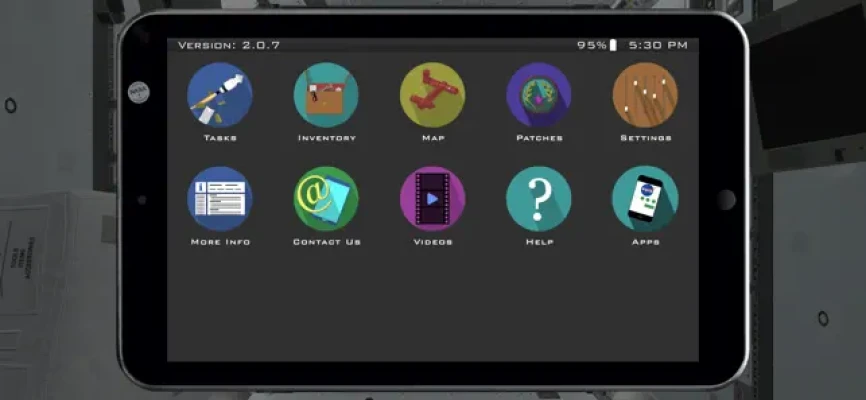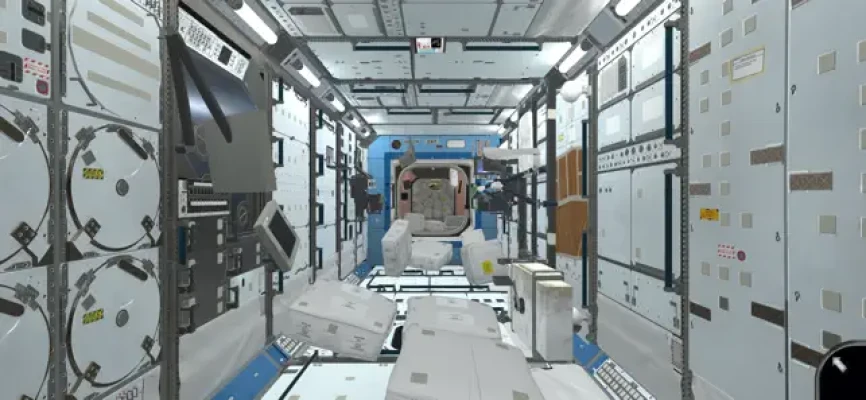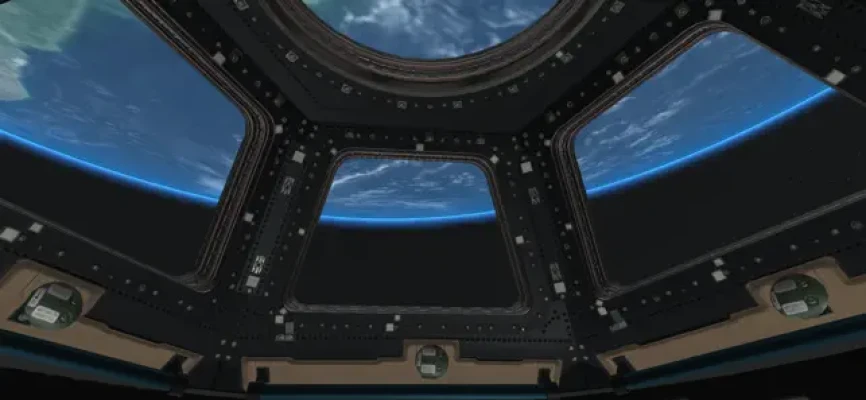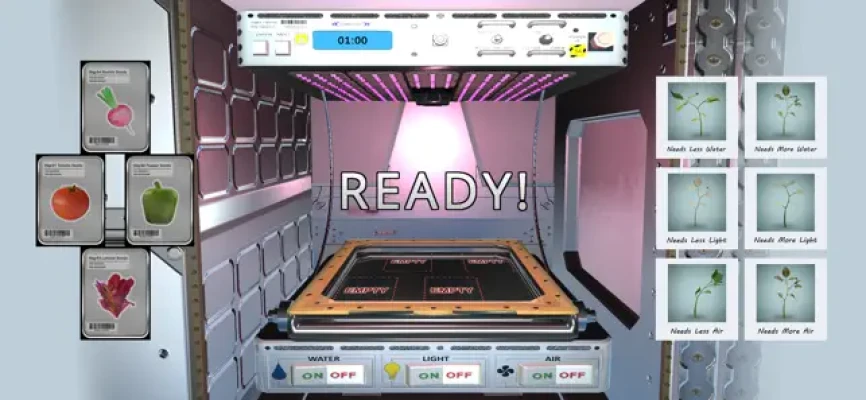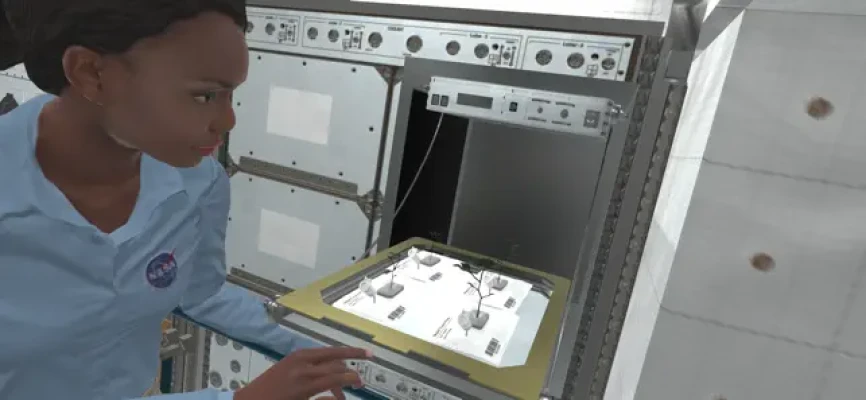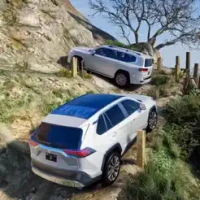
Latest Version
2.0.8
April 03, 2025
NASA
Games
iOS
219 MB
0
Free
Report a Problem
More About NASA Science: Plant Growth
Exploring Zero Gravity: A Guide to Movement and Plant Growth in Space
Moving in a zero-gravity environment presents a unique challenge compared to the familiar conditions on Earth. As you embark on this extraordinary journey, take the time to float and flip around the space station, embracing the freedom that comes with microgravity.
Mastering Movement in Microgravity
Adjusting to life in zero gravity requires practice. Unlike Earth, where gravity dictates our movements, in space, you will experience a sense of weightlessness that allows for fluid motion. Spend time getting accustomed to this new way of moving. Whether you’re gliding through the station or performing acrobatic flips, the key is to relax and enjoy the experience.
Collaborating with Astronaut Naomi on Groundbreaking Research
Once you feel comfortable navigating the space station, it’s time to join astronaut Naomi in her pioneering research on how microgravity influences plant growth. This research is crucial for future space missions, as understanding how to cultivate food in space is essential for long-term sustainability.
The Importance of Light for Plant Growth
One of the primary questions in Naomi’s research is: what type of light do plants need to thrive in space? In a microgravity environment, traditional sunlight is not an option. Instead, scientists utilize specialized grow lights that mimic the sun’s spectrum, providing the necessary energy for photosynthesis. Understanding the optimal light conditions is vital for successful plant cultivation in space.
Watering Plants Without Gravity
Another challenge is watering plants in a zero-gravity environment. On Earth, gravity helps water flow to the roots, but in space, this process is different. Researchers are experimenting with various methods, such as using capillary action or misting systems, to ensure that plants receive the moisture they need without the aid of gravity. This innovative approach is essential for developing effective agricultural practices in space.
The Significance of Growing Food in Space
Growing food in space is not just a scientific curiosity; it is a necessity for future space exploration. As missions to Mars and beyond become more feasible, astronauts will need sustainable food sources to support their health and well-being during long-duration missions. By cultivating plants in space, we can reduce reliance on pre-packaged food and enhance the overall quality of life for astronauts.
Collecting Mission Patches: A Rewarding Experience
As you assist in these groundbreaking experiments, you’ll have the opportunity to collect mission patches for completing tasks and making discoveries. These patches serve as a tangible reminder of your contributions to space research and exploration. One exciting challenge is to grow enough plants to create a fresh salad for the astronauts. Can you rise to the occasion?
Educational Resources for Plant Growth Experiments
The app accompanying this mission also offers valuable information on plant growth experiments, making it an excellent resource for both classroom and home use. Educators and students can explore the principles of botany and space science, fostering a deeper understanding of how plants adapt to different environments. Engaging with these experiments can inspire the next generation of scientists and astronauts.
Conclusion: Embracing the Future of Space Agriculture
As you navigate the challenges of zero gravity and contribute to vital research on plant growth, you are part of a larger mission to ensure humanity’s future in space. The knowledge gained from these experiments will pave the way for sustainable living beyond Earth, making it possible for future generations to thrive in the cosmos. So, prepare for launch and get ready to make your mark in the exciting field of space agriculture!
Rate the App
User Reviews
Popular Apps










Editor's Choice











